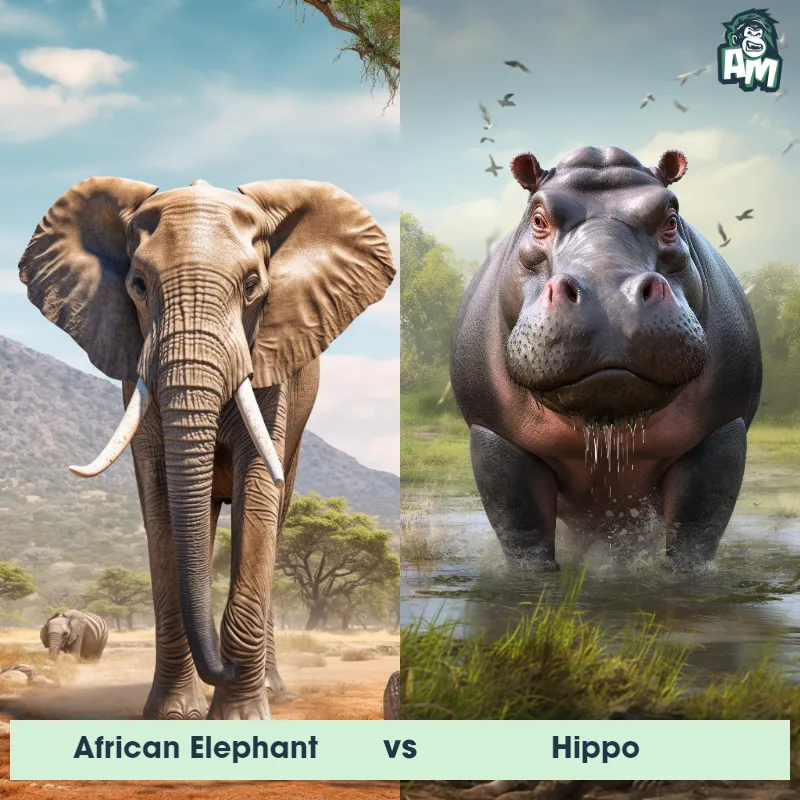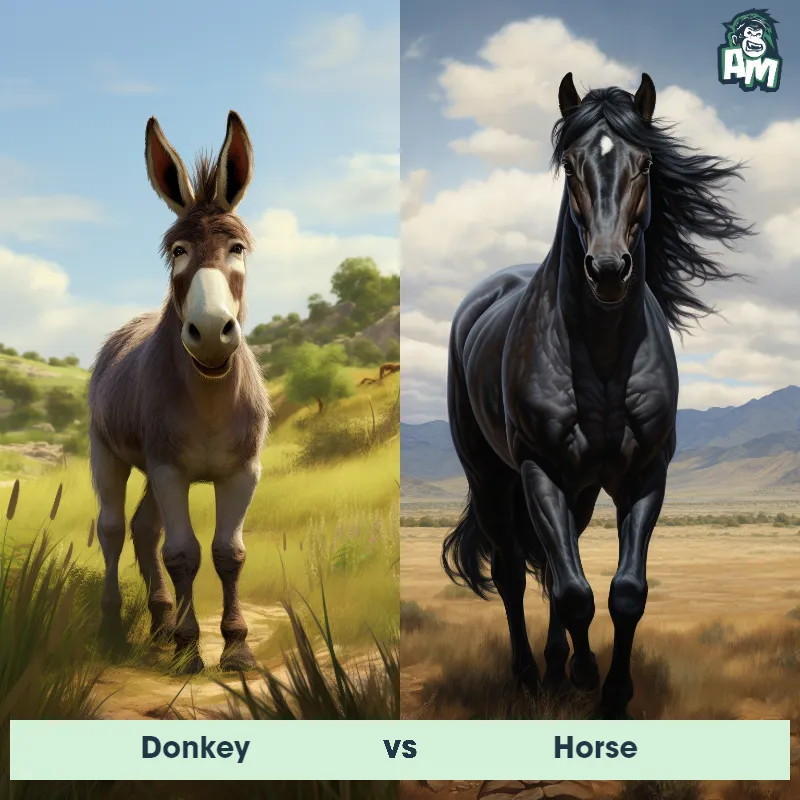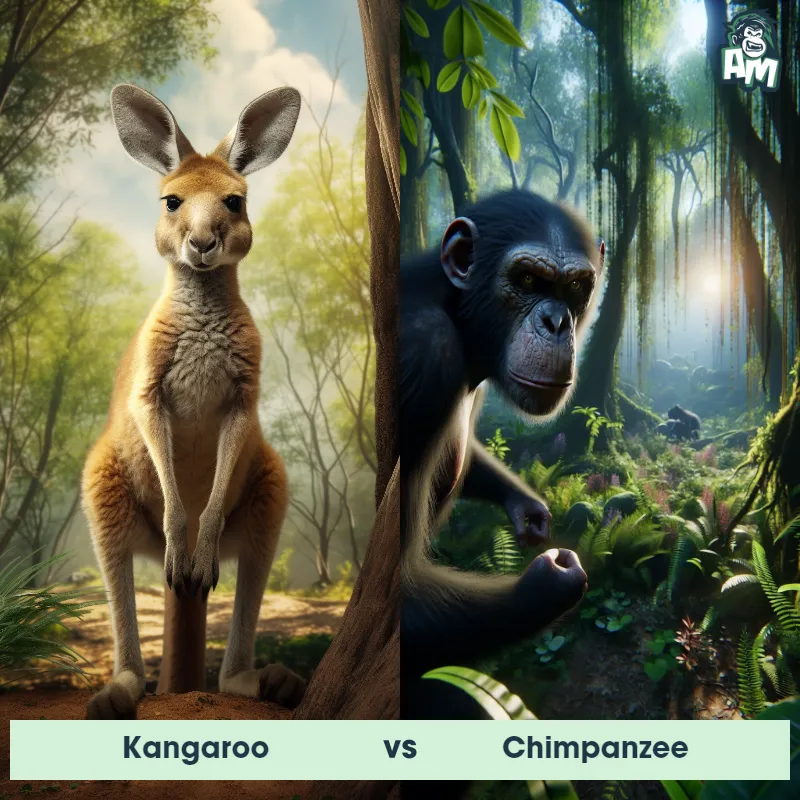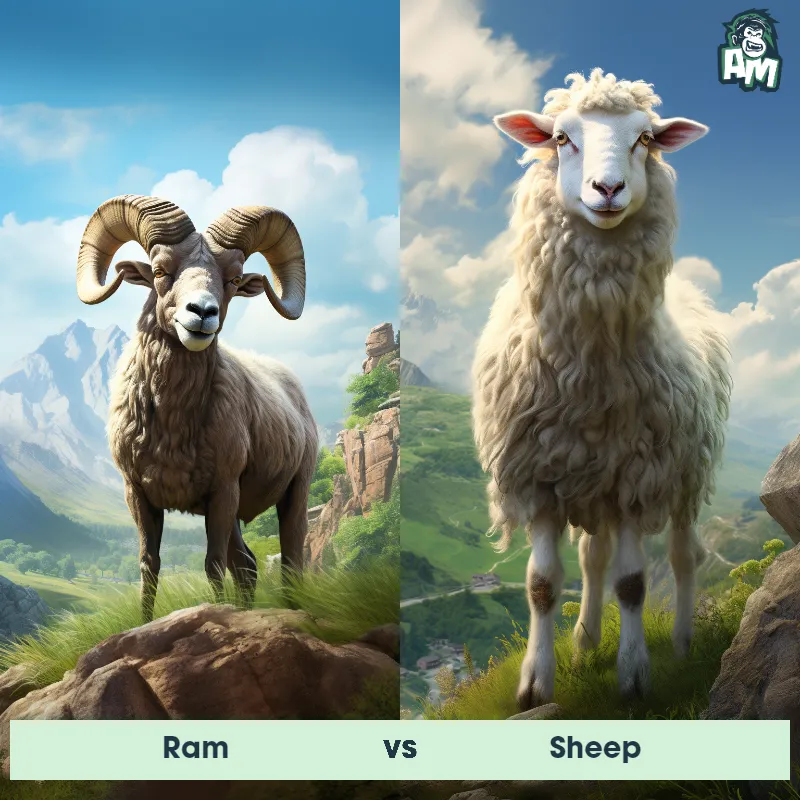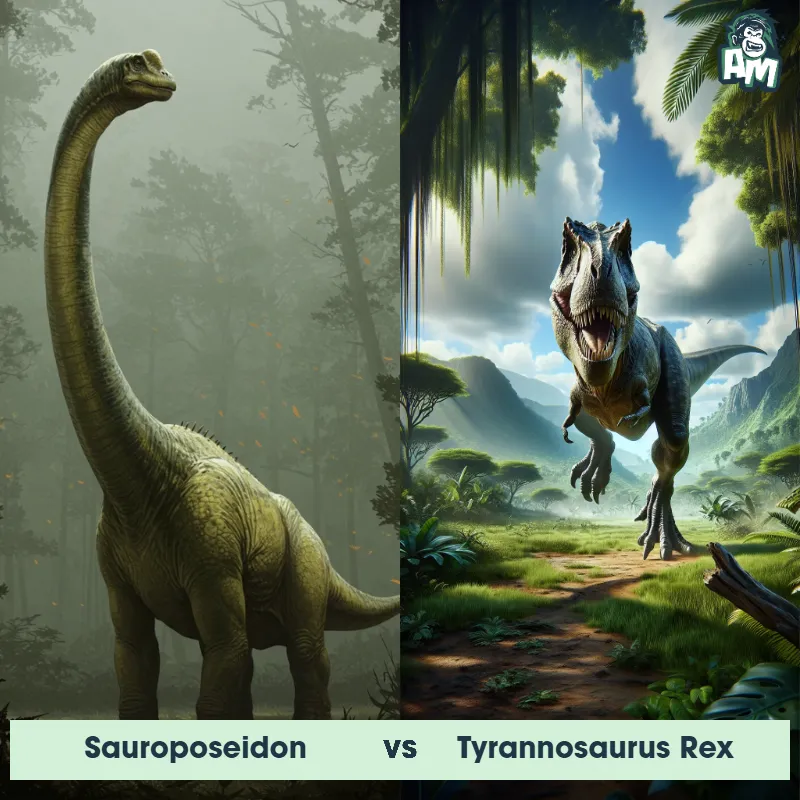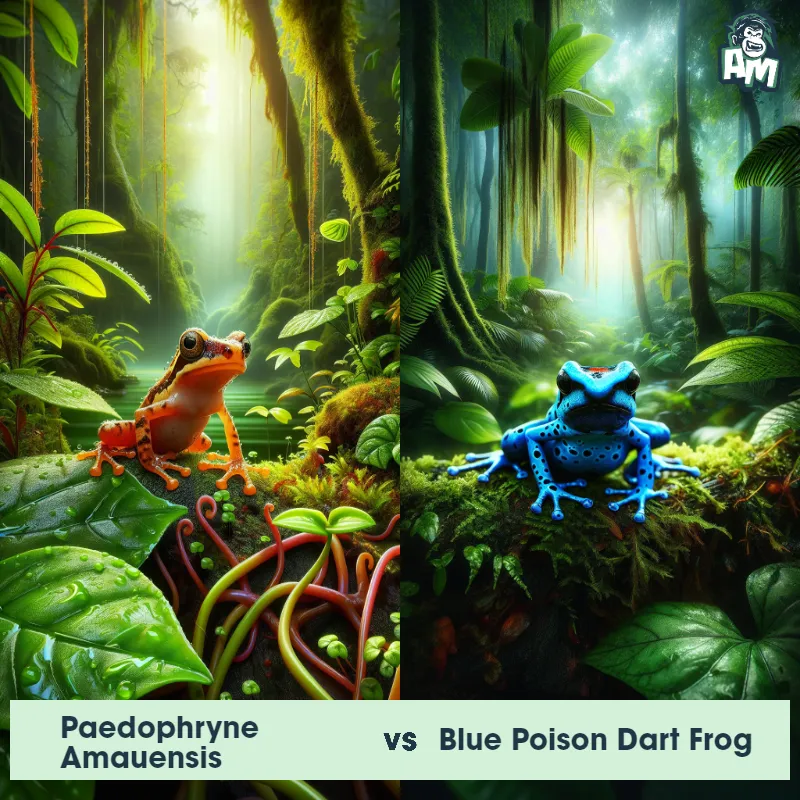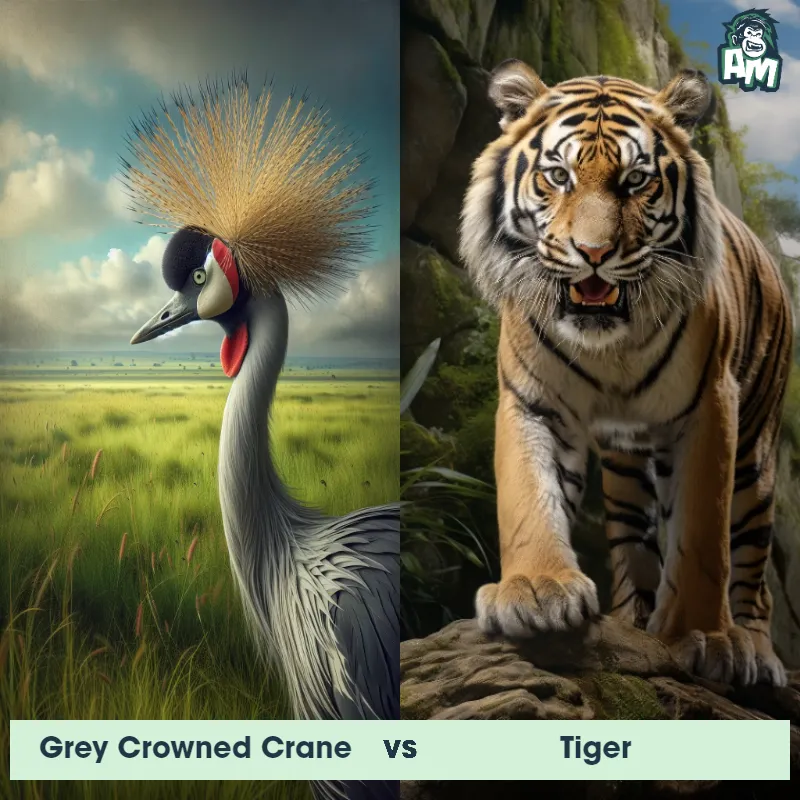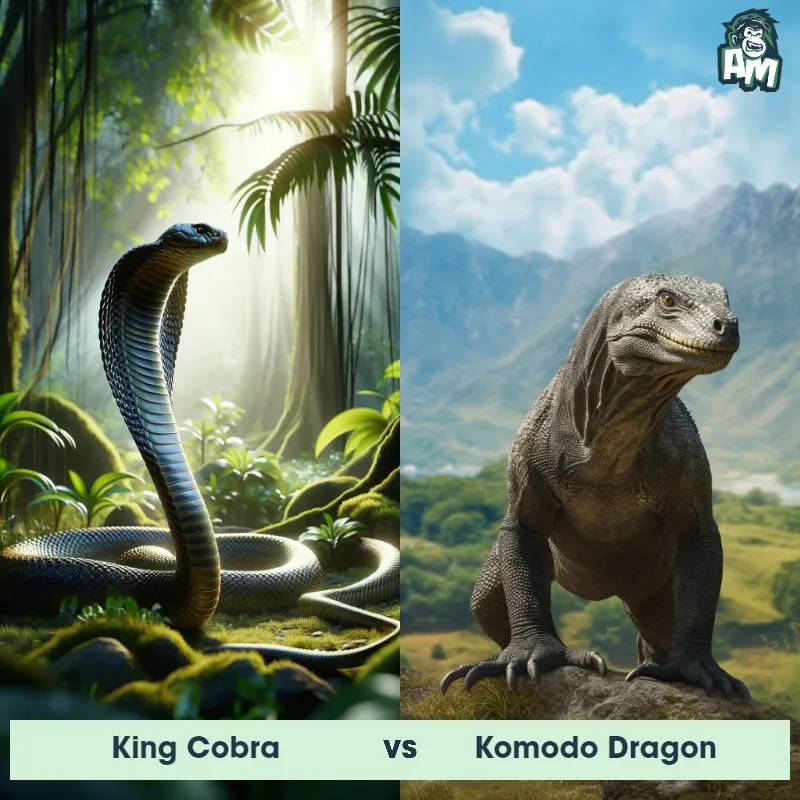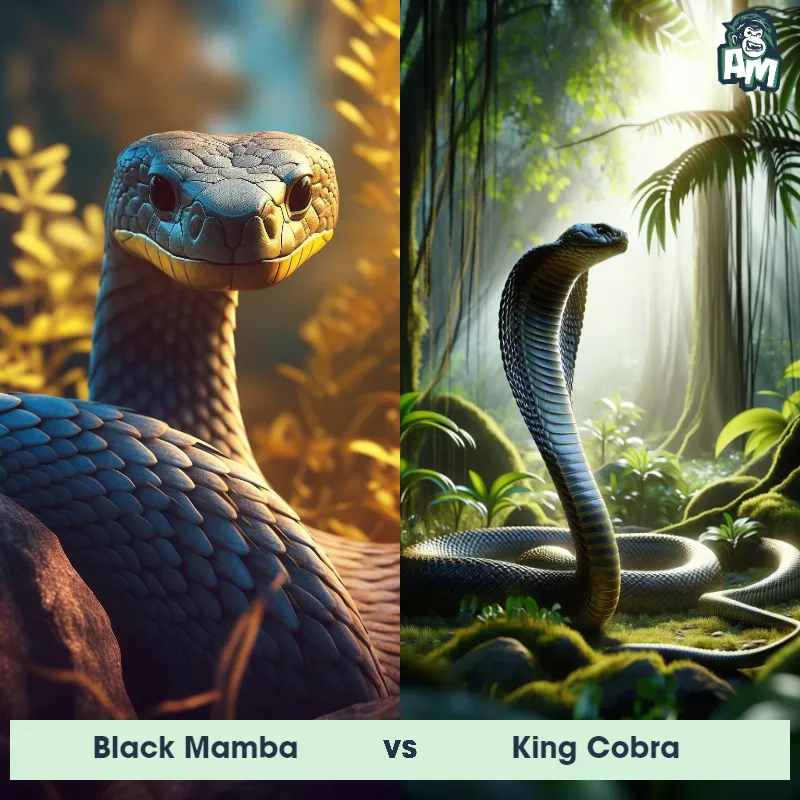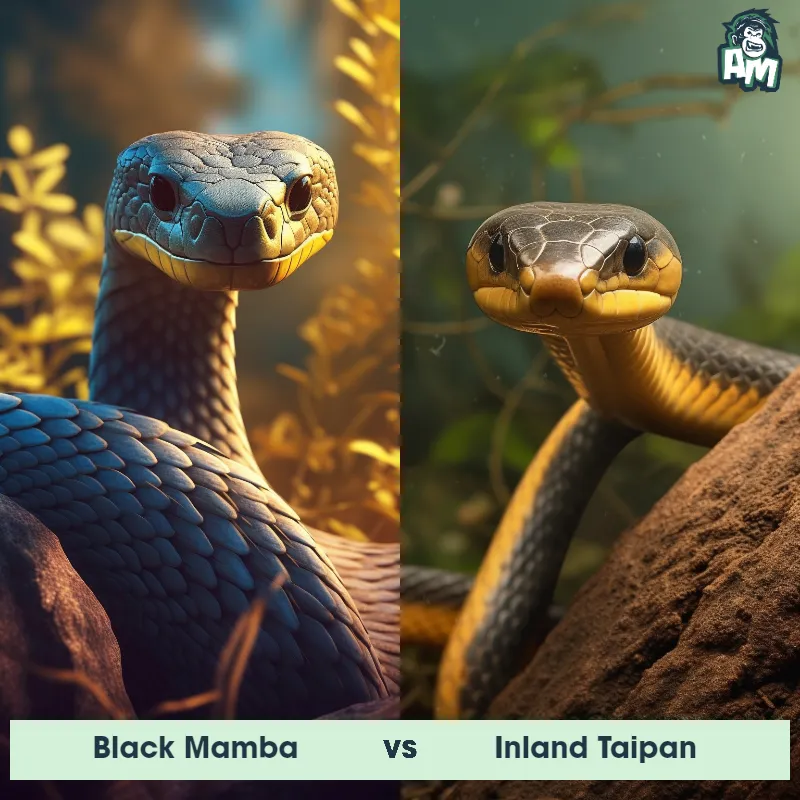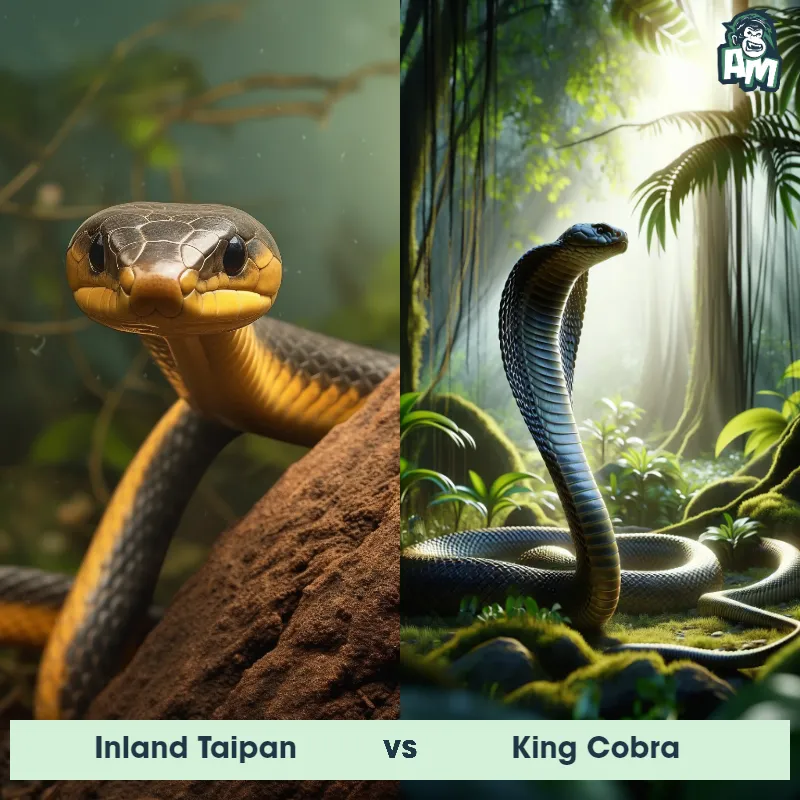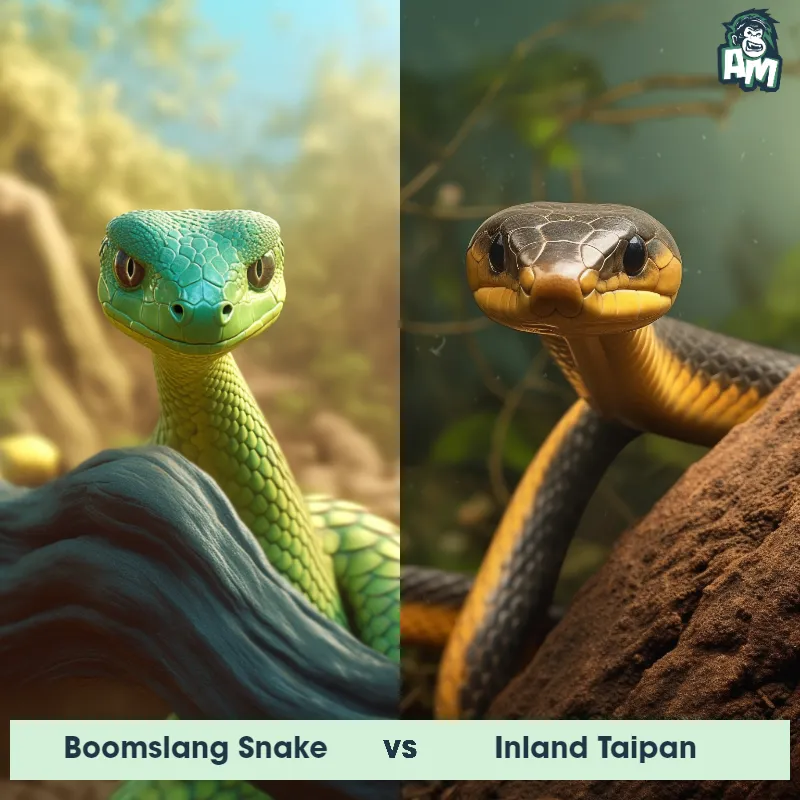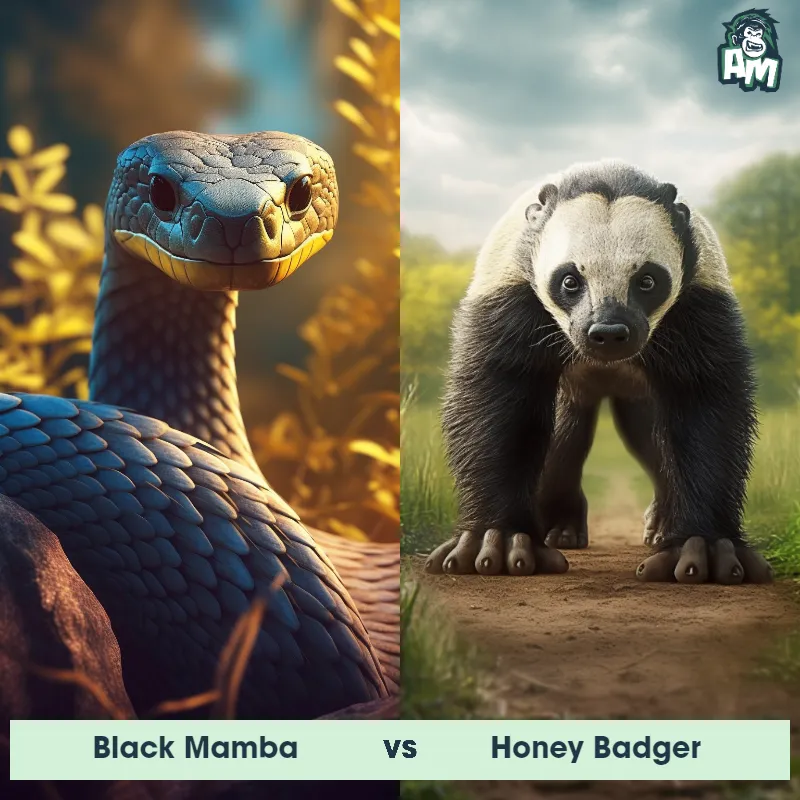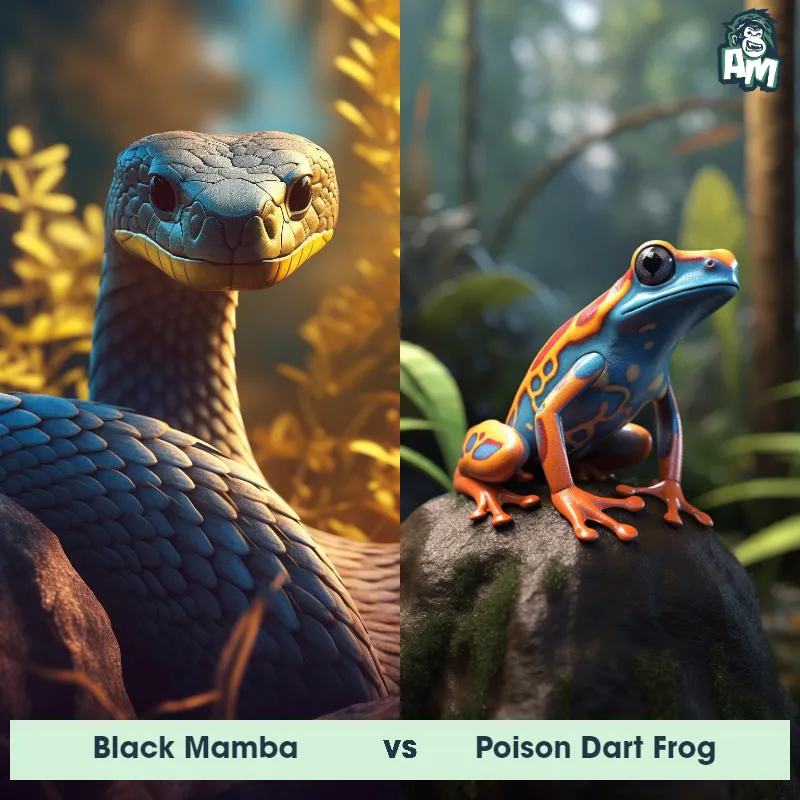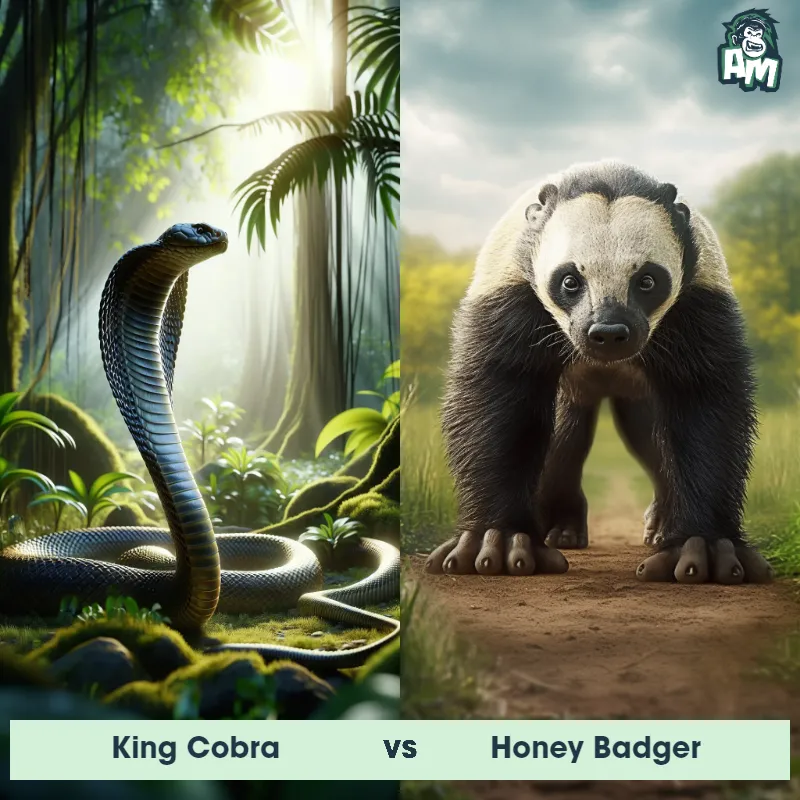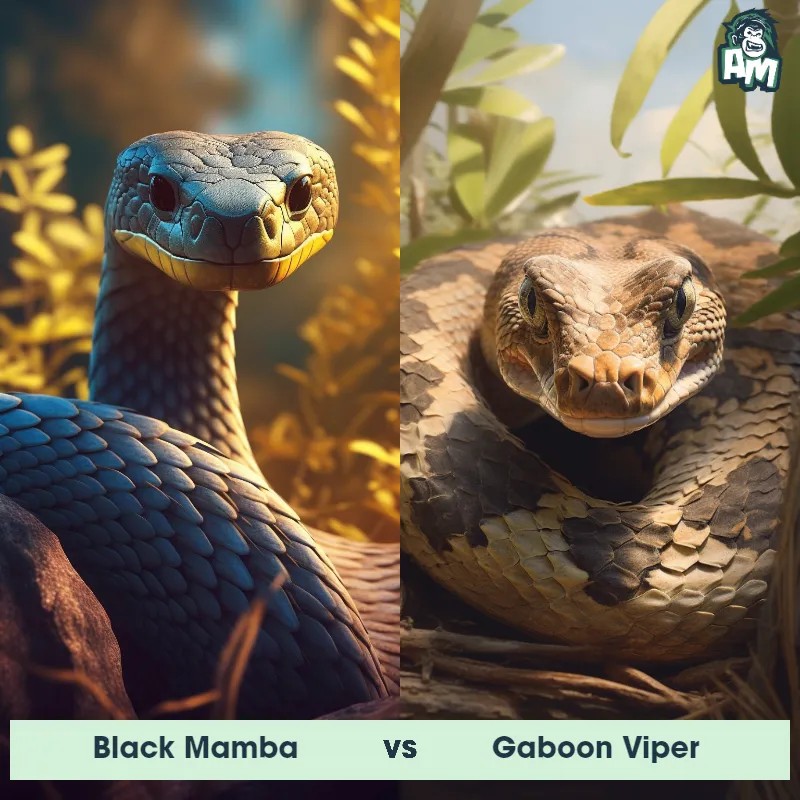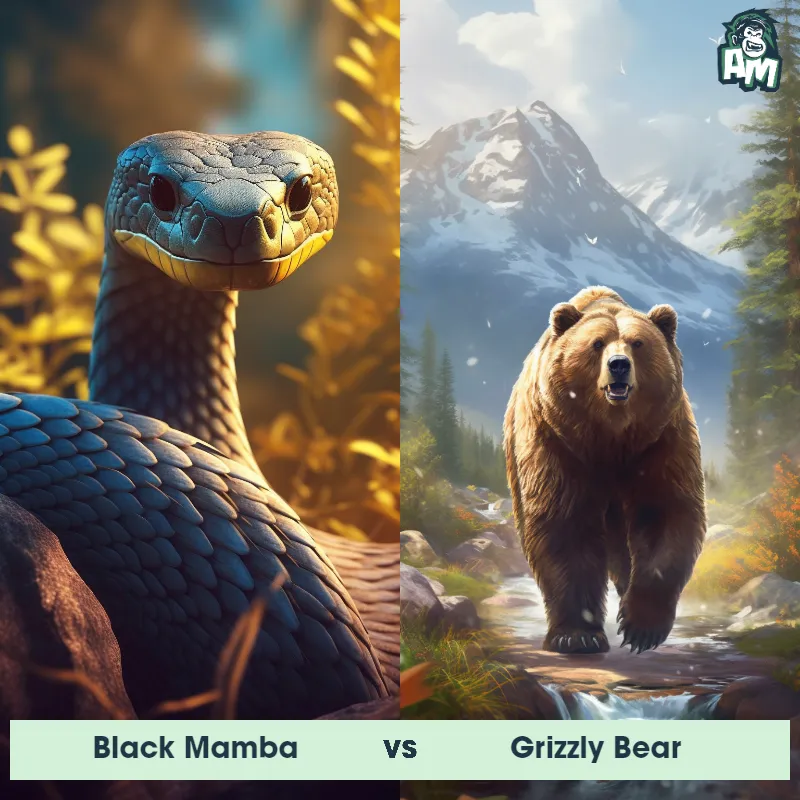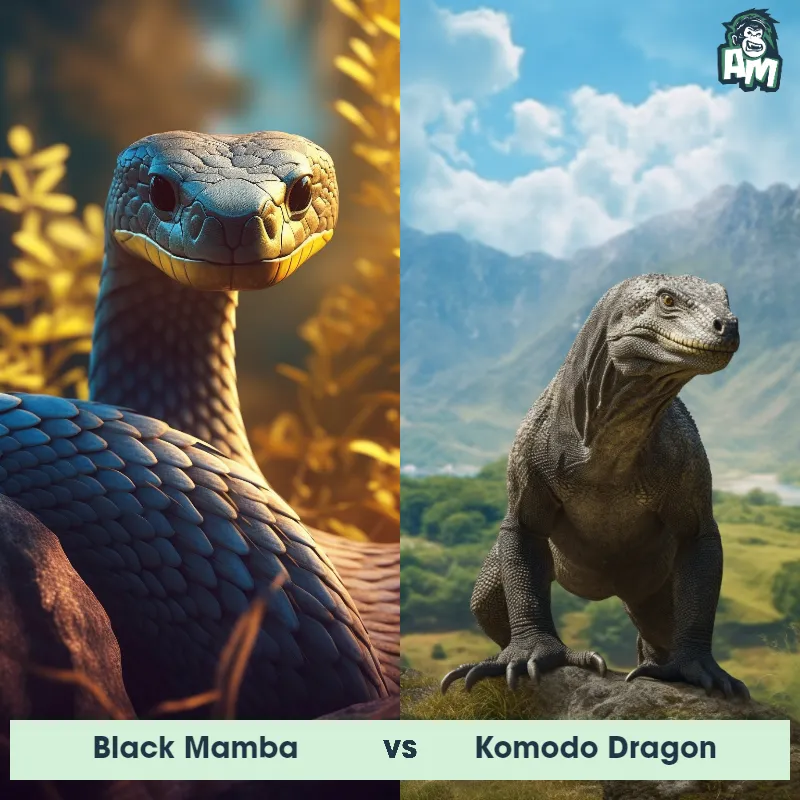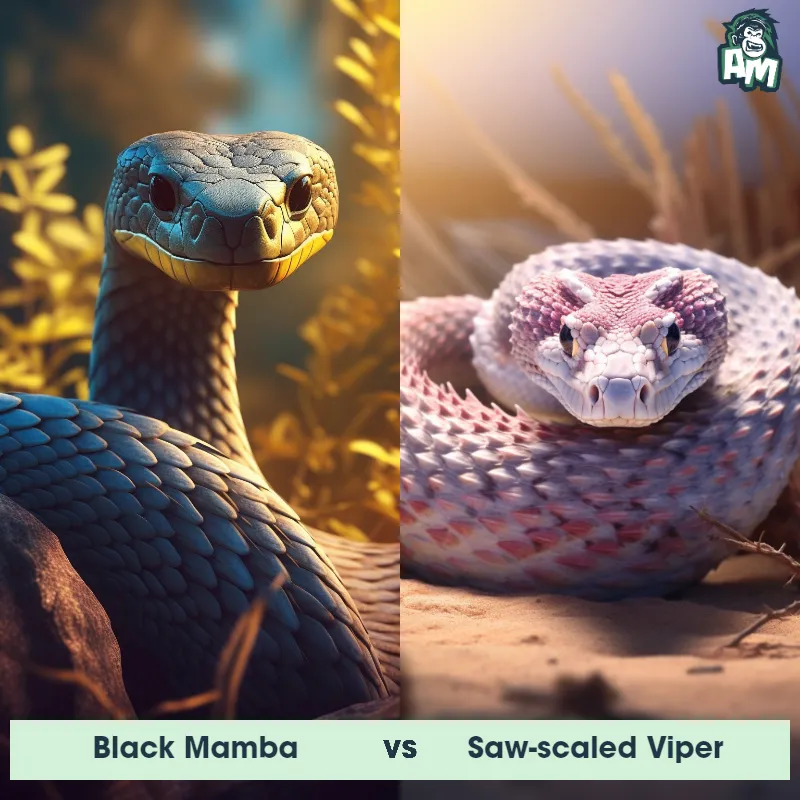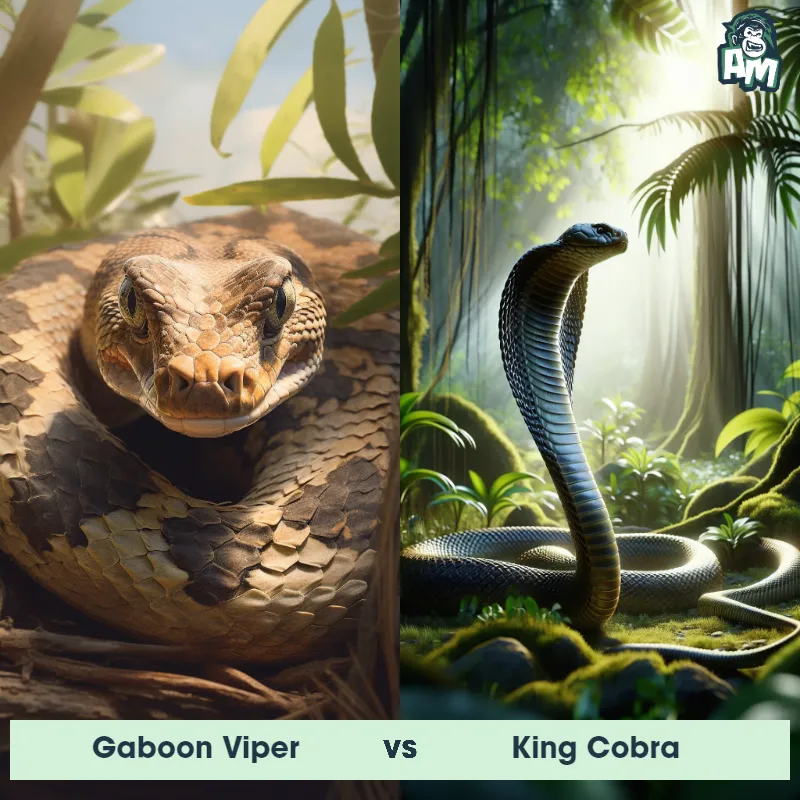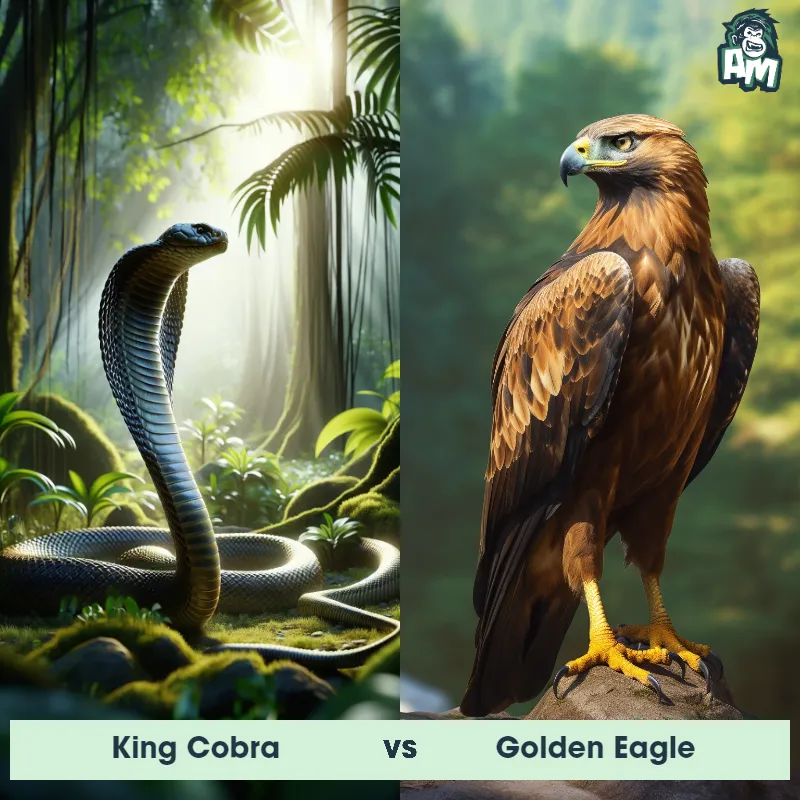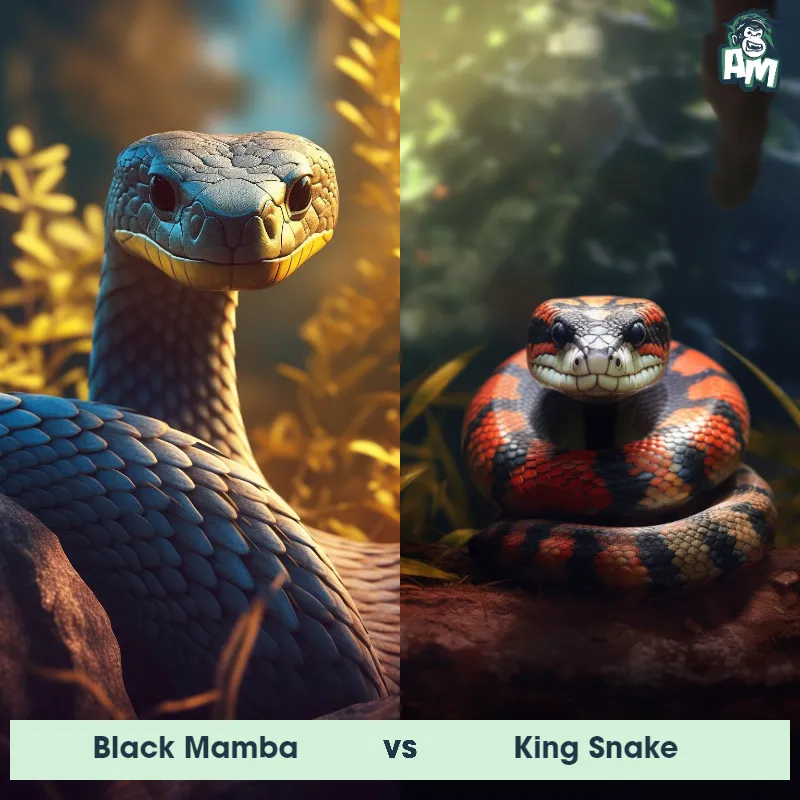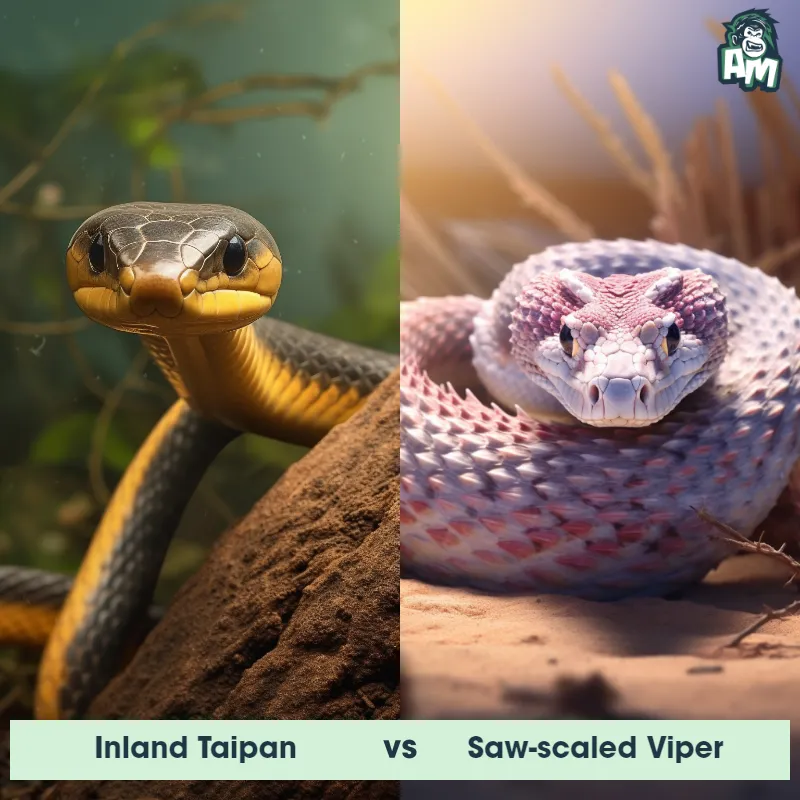Rat Snake vs Coral SnakeSee Who Wins

Ladies and gentlemen, welcome to this highly anticipated matchup between two fierce serpents. It's a battle of the scales as a Rat Snake takes on a formidable opponent, the Coral Snake. The tension is palpable as these creatures prepare to engage in an epic showdown of agility, strategy, and survival instincts. Both slithering monsters are ready to leave their mark in the annals of the animal kingdom. Let's dive right in!
Contender 1: Rat Snake
The Rat Snake is a non-venomous reptile that can be found in North America. They have a slender body with smooth scales, and can grow up to 6 feet in length. Their coloration varies, but they typically have a pattern of red, orange, and brown on a lighter background. Rat Snakes are excellent climbers and are known for their ability to escape from enclosures.
Fun Fact: Rat Snakes are skilled at mimicking the appearance and behavior of venomous snakes, such as the Copperhead, in order to deter predators.
Contender 2: Coral Snake
The Coral Snake, also known as Micrurus fulvius, is a venomous snake species found in North America. It has a distinctive color pattern with bright red, yellow, and black bands that encircle its body. Unlike many other North American snakes, the Coral Snake has a small head, black eyes, and a short tail. This serpent species ranges in size from 2 to 4 feet long, and it has smooth scales. Coral Snakes are known for their secretive nature, spending most of their time hidden in leaf litter or underground burrows.
Fun Fact: A fascinating fact about the Coral Snake is that it is part of the Elapidae family, which also includes cobras and mambas, making it one of the only venomous snakes in North America that is not part of the Viperidae family.
Matchup Stats
| Rat Snake | Coral Snake | |
|---|---|---|
| Size | Up to 6 feet (1.8 meters) | 2 to 4 feet long (0.6 to 1.2 meters) |
| Weight | Up to 2.5 pounds (1.1 kilograms) | Not specified |
| Speed | Speed: 8 mph (12.87 km/hr) | 1mph (1.6km/h) |
| Key Strength | Constricting ability | Not specified |
| Biggest Weakness | Lack of venom | Not specified |
Current Votes
Rat Snake vs Coral Snake
See Who Wins
View More Matches
Looking For More?
Similar Matches
Scientific Stats
| Rat Snake | Coral Snake | |
|---|---|---|
| Scientific Name | Pantherophis guttatus | Micrurus fulvius |
| Family | Colubridae | Elapidae |
| Habitat | Forests, fields, and farmland | Leaf litter, underground burrows |
| Geography | North America | North America |
| Diet | Rodents, birds, and eggs | Small reptiles, snakes, and other snakes' eggs |
| Lifespan | 8 years - 20 years | 6 years - 8 years |
Key Differences between Rat Snake and Coral Snake
- Color: The Rat Snake typically has a black or dark brown body with lighter colored scales, while the Coral Snake has distinct bands of red, yellow, and black along its body.
- Tail Shape: The Rat Snake has a longer, thicker tail that tapers gradually, whereas the Coral Snake possesses a shorter and slender tail that tapers sharply.
- Body Length: Rat Snakes tend to be much larger, reaching lengths of 4 to 6 feet or more, while Coral Snakes are smaller, averaging around 2 to 4 feet in length.
- Eye Shape: Rat Snakes have round or oval-shaped eyes with a visible pupil, while the Coral Snake has round eyes with a small, black pupil surrounded by a larger, red circle.
- Head Shape: The Rat Snake possesses a rounded head that is wider than its neck, whereas the Coral Snake has a slender head that is barely wider than its neck. 3. Scale Pattern The Rat Snake has a pattern of large, irregular scales on its body, while the Coral Snake exhibits a consistent pattern of small, tightly fitting scales.



